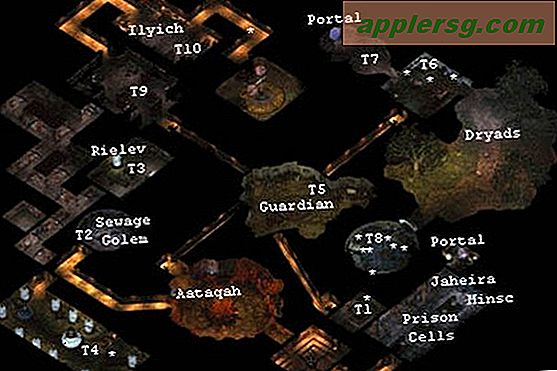


It was a big, open experience that allowed the player to approach many of its challenges in freeform ways and (often) in an order of their choice. It was an official Dungeons & Dragons game that contained many of the classes, species, creatures, and spells of that long-existing fantasy game. That first game lingers in our cultural gaming imagination for a few reasons.

The game ended when you saved the Sword Coast from trade warfare and killed your murderous brother Sarevok. Along the way, you learn that you are one of the children of that dead god, and that the plan to resurrect said god is a Highlander-esque scheme in which all of its children would need to kill each other one by one until the final child had gathered all of the…dead god juice? It’s magic. In that game, your created character traced a conspiracy up and down the Sword Coast, revealing an iron trading monopoly scheme that had the resurrection of the currently-dead God of Murder as its final completion. Baldur’s Gate II continues the story of the “Bhaalspawn,” the player character from the first Baldur’s Gate.


 0 kommentar(er)
0 kommentar(er)
